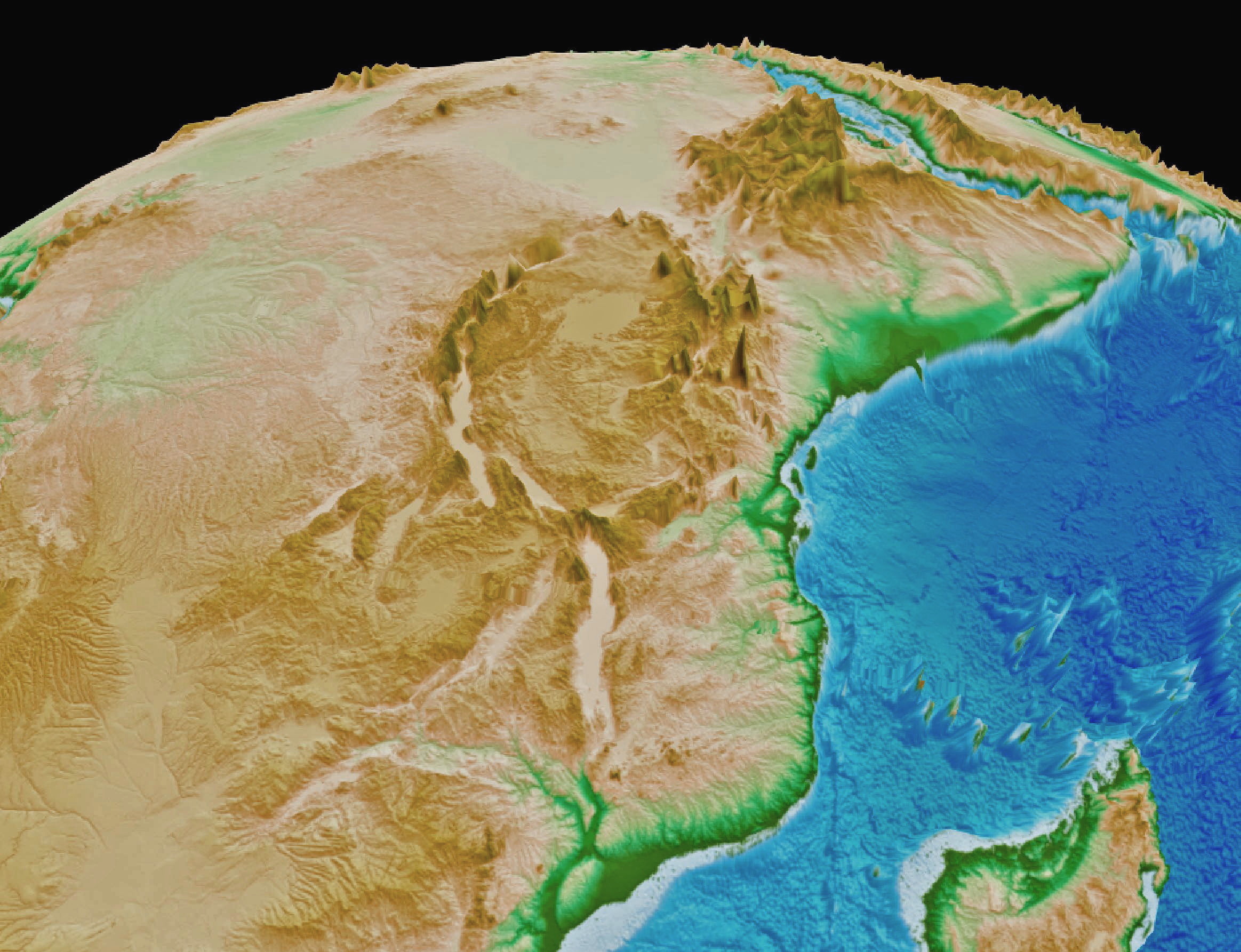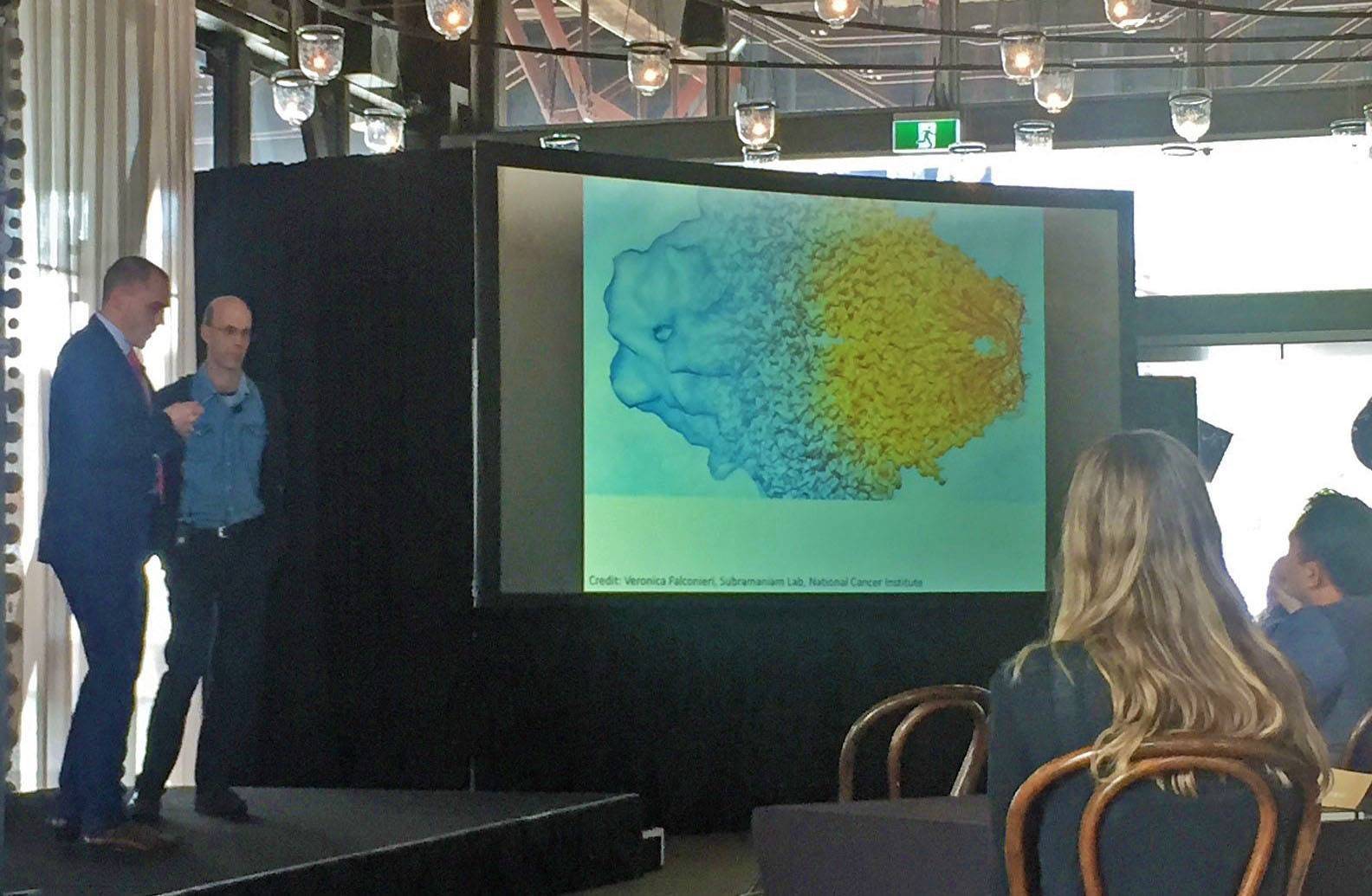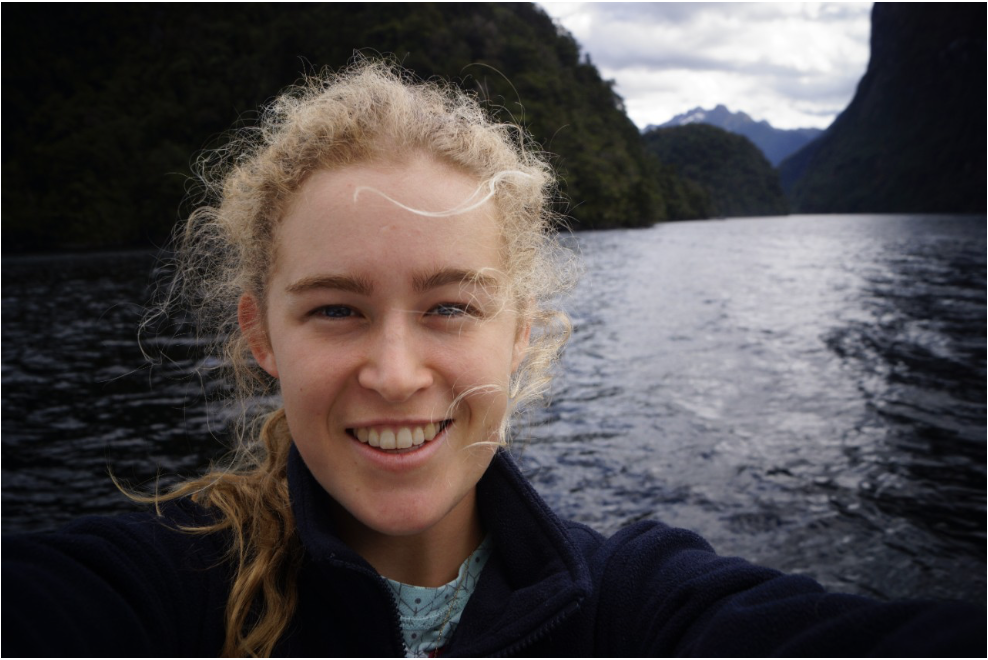Degassing from Continental Rifts Controls Earth’s Thermostat
As a greenhouse gas, carbon dioxide in the atmosphere has played a major role in regulating Earth’s climate throughout its history. There are vast stores of carbon in the subsurface, but the global carbon cycle controls how much of that carbon enters the atmosphere. As methods for monitoring and tracking the carbon dioxide that moves … Read more…
























